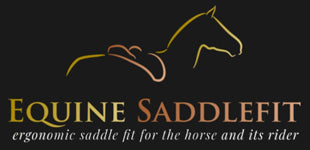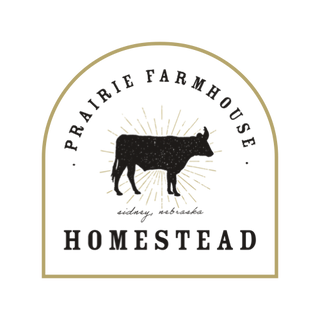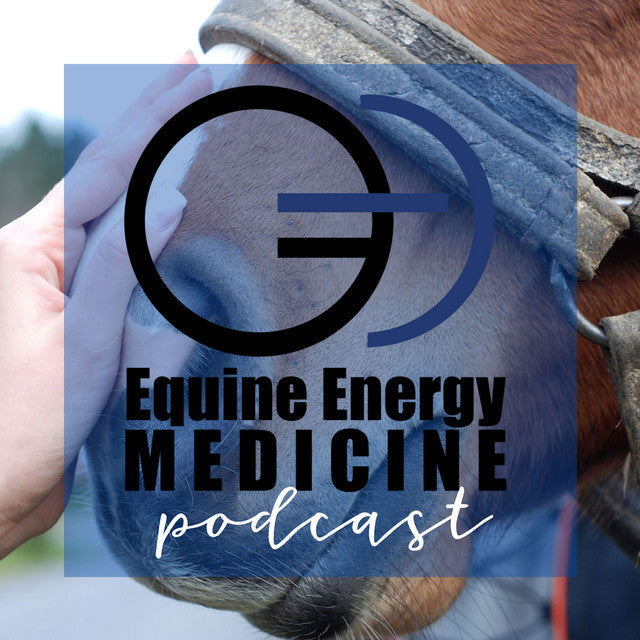Horses are undoubtedly one of nature's most fascinating beings, and they possess a unique form of communication. Each motion they make holds a significant message, waiting to be unravelled. For those involved in the equestrian lifestyle or those fortunate enough to call themselves horse owners, translating this unspoken language becomes a pursuit.
This post is filled with tips to help you decode your horse’s behaviour, taking you a step closer to understanding these magnificent creatures on a deeper level.

Understanding a horse's body language requires paying close attention to the way they move and behave. By observing their physical cues, you can gain valuable insights into their emotions and thoughts. However, it's important to be mindful of certain behaviours that might indicate stress or discomfort in horses, see below for a list of indicators to look out for when understanding your horses’ body language.
Eye Expressions
The eyes of a horse can also tell us a lot about their feelings. Wide eyes with visible white around them often mean the horse is scared or surprised. Eyes that are half-closed or relaxed usually show that the horse is happy and at ease.
Ear Positions
The position of a horse's ears is crucial in understanding their communication. When a horse's ears are pointed forward, it means they are curious or paying attention. Ears laid back flat against the head might signal that the horse is feeling aggressive, fearful, or uncomfortable. On the other hand, ears that are sideways or relaxed generally indicate that the horse is calm and content.
Tail Positions
Just like with ears, the position of a horse's tail can communicate different messages. A raised tail could mean the horse is excited or alert. If the tail is tightly pressed against the body, it might suggest that the horse is feeling scared or submissive. A relaxed tail usually indicates that the horse is content and calm.
Mouth and Nostril Movements
The way a horse uses its mouth and nostrils can reveal their emotions. If a horse is grinding or chomping its teeth, it could be a sign of stress or discomfort. Nostrils that are flared, unless the horse is exerting itself physically, might indicate excitement or anxiety.
Skin Twitches
Occasionally, horses might twitch their skin in response to flies or other irritants. However, if you notice frequent and intense twitching, it could be a sign of irritation or unease.
By paying attention to these simple cues and behaviours, you can begin to understand what your horse is feeling and thinking, creating a stronger connection and better communication between you and your equine friend. Also helping you to take better care of your horse and it’s needs too.

Vocal Expressions
In addition to body language, the vocal expressions of your equine friend also hold a significant role in their communication.
Horses use a variety of vocalisations to convey messages, and these may vary depending on the situation.
Neighing or Whinnying
This is a high-pitched and relatively long sound that horses make. It's often a sign of excitement or a way to call out to other horses. For example, a horse might neigh upon spotting a familiar equine friend after being apart for some time.
Nicker
A softer and lower-pitched sound compared to a neigh. Horses usually use this sound as a form of greeting or to express affection, especially during feeding times or when they're looking forward to care and attention from their human companions.
Snorting
When a horse exhales forcefully through its nose, you'll hear this sound. Horses snort to clear their airways, but it can also convey various emotions, from relaxation and contentment to alertness and fear. If a horse snorts while its ears are pricked and its body is tense, it might indicate the presence of a potential threat.
Squealing
This is a high-pitched and often loud sound. Horses typically squeal in situations involving conflict or during aggressive interactions, such as when establishing hierarchy within a herd or during mating attempts.
Blowing
Similar to snorting but without the vibrating element. Horses blow to explore something unfamiliar in their environment or as an alert to potential danger.
These vocal expressions add another layer to their body language and communication, offering a complete understanding of their emotional state.
Understanding the specific contexts in which these sounds occur will enhance your overall comprehension of your horse's behaviour.

Horses are naturally social beings, wired to form groups as a survival strategy. This 'herd mentality' is deeply rooted in their instincts, impacting both individual and collective actions. To fully grasp horse behaviour, it is also worth exploring their social structure and its influence.
Buddy Connections
Within herds, horses form tight 'buddy' pairs, displaying closeness, mutual grooming, and distress upon separation. Observing these bonds sheds light on your horse's preferences and social inclinations.
Hierarchical Structure
Horses usually arrange themselves in a hierarchy, often with a dominant mare-stallion pair rather than a sole leader. This influential horse makes decisions affecting the entire herd, like relocating for grazing.
Territorial Traits
Though not typically territorial, horses might display such behaviours if resources like food and water are scarce. This involves actions like ear-pinning, tooth-showing, and even biting or kicking. Recognising these cues helps prevent incidents, ensuring safety.
Separation Distress
Due to their herd nature, horses often exhibit anxiety when isolated. Signs include pacing, neighing, sweating, and unease. Identifying these behaviours aids in managing stress, particularly during necessary separations.
The herd mentality profoundly shapes horse behaviour. Understanding it permits you to create an environment catering to their social needs, assisting with security and comfort.

Understanding the language of horses is a journey that demands time, careful observation, and patience. Every interaction presents an opportunity to gain further insight into these magnificent animals, strengthening the bond we share with them.
Therefore, the next occasion you spend with your horse, take a moment to watch closely and observe the hidden code of equine behaviour. This will also help you to notice any changes in your horse's behaviour, if you do notice any change in behaviour this could indicate a problem such as distress, illness or injury.
If you do have any concerns around this, then it is always best to contact your vet.
















